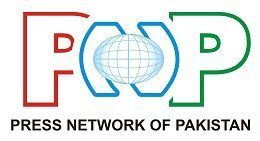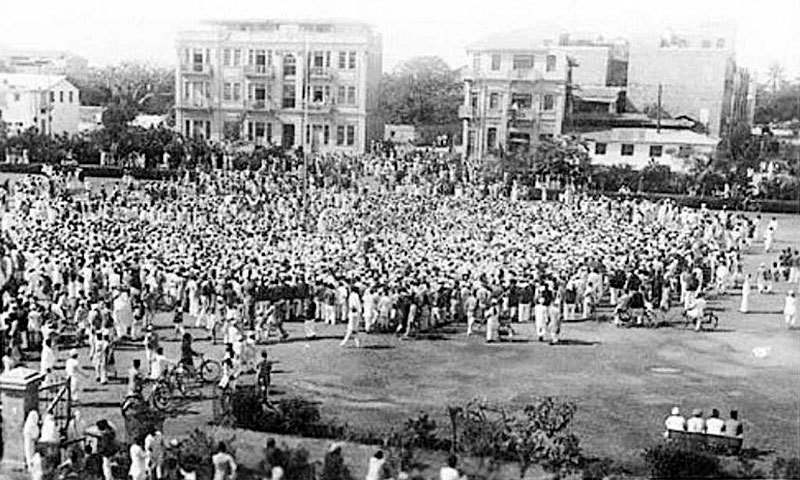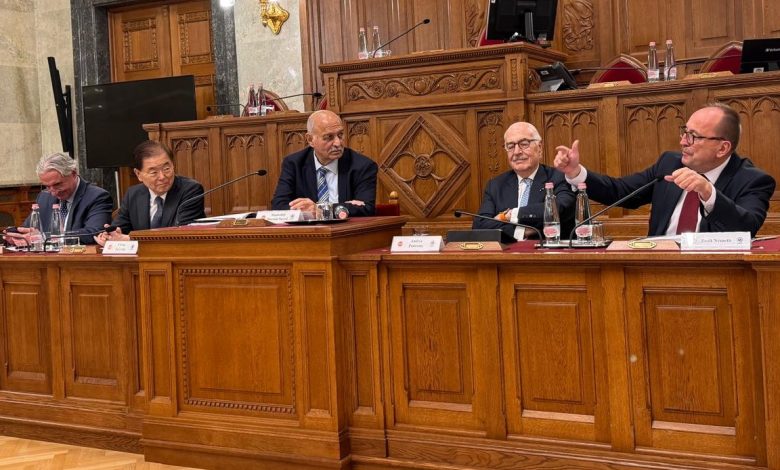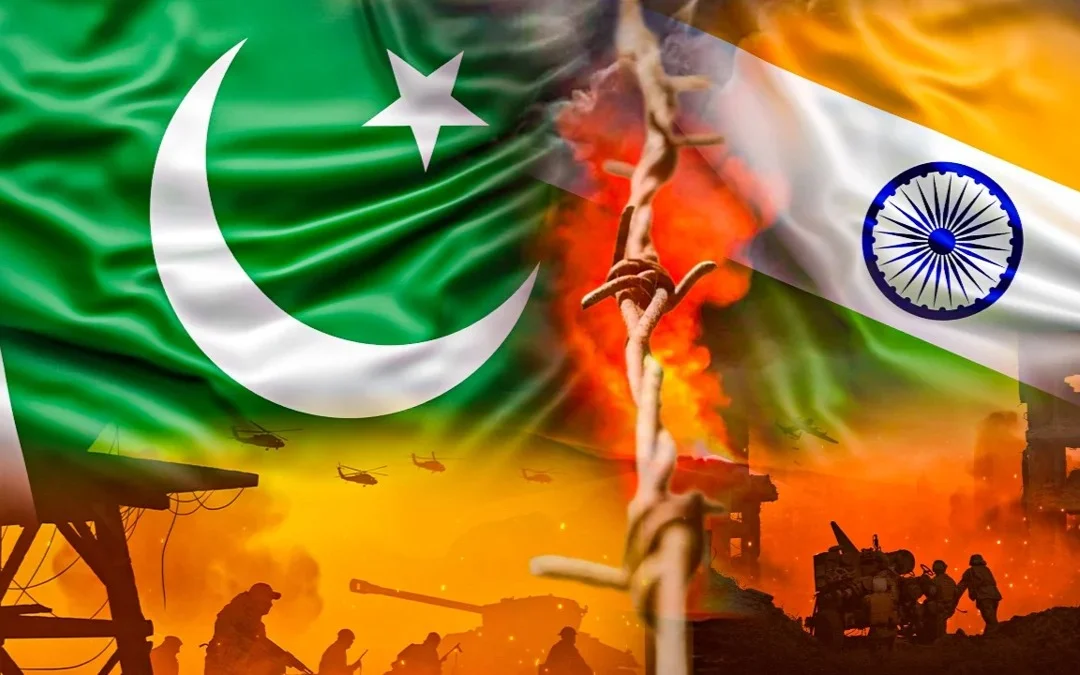When Pakistan emerged on the map of the world in August 1947, it was not just the birth of a new state—it was the creation of a completely new political entity with no prior administrative center of its own. Unlike India, which inherited established capitals such as Delhi and Calcutta, Pakistan had to build the foundations of statehood almost from scratch. One of the most urgent tasks was to select a suitable capital.
Karachi, often called the “City of Quaid-e-Azam,” holds a unique place in Pakistan’s history as the city where Quaid-e-Azam Muhammad Ali Jinnah lived his final years and guided the nation in its earliest days. From his residence at Flagstaff House to the corridors of power where he made crucial decisions, Karachi became the heart of political, social, and diplomatic activity in newly independent Pakistan. The city not only served as the first capital but also as the stage where Jinnah’s vision of a modern, progressive state began to take shape, making Karachi forever synonymous with the legacy of the Father of the Nation.
The question often arises: why was Karachi chosen as Pakistan’s first capital, instead of Lahore or any other city? To answer this, one must step back into the turbulent months leading to independence and examine the political, geographical, and administrative realities of the time.
The Transitional Phase of 1947
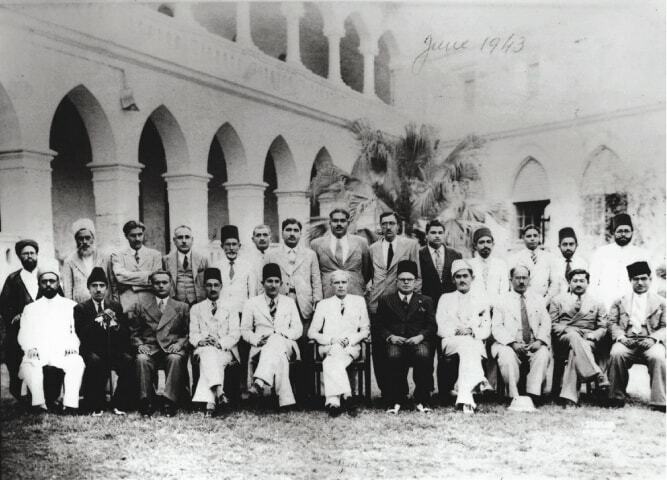
In June 1947, the British government announced the partition of India through the famous 3rd June Plan. Under this plan, two independent dominions—India and Pakistan—were to come into being within just 72 days. This was an extraordinarily short timeframe in which to carve out new borders, establish governments, and set up functioning administrations.
India already had ready-made capitals—Delhi and Calcutta—both equipped with administrative machinery, civil services, communication networks, and symbolic historical significance. Pakistan, however, had no such advantage. Its provinces—Punjab, Sindh, Balochistan, NWFP (now Khyber Pakhtunkhwa), and East Bengal—were until then governed directly from Delhi. This meant Pakistan inherited provincial structures but lacked the central apparatus of statehood.
Therefore, choosing a capital was not just about prestige—it was a matter of survival.
Why Not Lahore?
At first glance, Lahore appeared to be a strong candidate. It was culturally rich, politically significant, and a city where the demand for Pakistan had been crystallized in the Lahore Resolution of 1940. Yet, there were compelling reasons against making Lahore the capital.
-
Uncertainty at Independence
At the moment of Pakistan’s birth on 14 August 1947, it was not even certain whether Lahore would fall into India or Pakistan. The borders drawn by the Radcliffe Award were only announced on 17 August 1947, three days after independence. Lahore could not be declared the capital of a new state when its very status was undecided. -
Border Proximity and Security
Lahore lay dangerously close to the new international boundary with India. As independence was accompanied by violence, mass migration, and riots, placing the capital right at the frontier would have exposed the new state to immediate threats. A capital city requires security and stability—conditions Lahore could not provide at that moment. -
Limited Infrastructure for a Federal Capital
Though historically vibrant, Lahore lacked the necessary modern infrastructure to host the entire machinery of a federal government. It was a great cultural hub, but not adequately prepared to serve as a neutral and logistical center for a new state that spanned two geographically separated wings.
Why Karachi Stood Out
In contrast, Karachi emerged as the most viable option for multiple reasons:
-
Established Infrastructure
Karachi was already a large, modern port city with significant commercial importance under the British Raj. It had the necessary roads, rail links, and communication networks to connect with the rest of the country and the world. Its seaport gave Pakistan immediate access to international trade and diplomacy. -
Relative Security
Unlike Lahore, Karachi was not on the volatile border. It was located deep inside Sindh, far from the immediate line of communal violence. This gave it strategic security in the fragile early years of independence. -
Accessibility Between East and West Pakistan
The new Pakistan was geographically divided into two wings separated by over 1,000 miles of Indian territory. A capital had to be reasonably accessible to both sides. Karachi, being a coastal city with a major international port and soon-to-develop air connections, served as a practical bridge for communication and governance. -
Neutral Ground
If the capital had been chosen from Punjab, Bengal, or NWFP, other provinces might have felt sidelined. Karachi, though part of Sindh, was administratively carved out and designated as the federal capital territory. This move helped ease provincial rivalries by placing the seat of power in a relatively neutral location. -
Symbol of Modernity and Unity
Karachi projected the image of a forward-looking, cosmopolitan city. In a new state that was yet to foster a sense of national unity, Karachi served as a symbol of inclusiveness and modern statehood.
The Geopolitical Factor
Another overlooked aspect is that Pakistan was born without finalized borders. At independence, no one knew with certainty which districts of Punjab and Bengal would fall on which side. In such uncertainty, Karachi was the only major city whose inclusion in Pakistan was guaranteed. It offered stability at a time when chaos reigned everywhere else.
Lessons From History
Looking back, Karachi served Pakistan well in its formative years. It hosted the Constituent Assembly, the Governor-General’s House, and the first institutions of governance. International diplomats arrived through Karachi’s port and airport. The city gave Pakistan a face to the world during its most fragile years.
Interestingly, when the capital was later shifted to Islamabad, many analysts argue that this decision distanced the government from the people, particularly from East Pakistan. Some even believe the move contributed to alienation and eventual disintegration. In that sense, Karachi’s earlier role as a bridge between East and West Pakistan proved historically significant.
Moving Beyond the Debate
Today, the debate over “why Karachi and not Lahore” often resurfaces in political discussions, sometimes fueled by regional grievances. But history shows that the decision was not based on malice or favoritism. It was the product of necessity, geography, and administrative logic.
Karachi was the only city that ticked all the boxes: modern infrastructure, security, accessibility, neutrality, and international connectivity. Lahore’s uncertainty, proximity to the border, and vulnerability simply disqualified it in 1947.
Conclusion
The choice of Karachi as the first capital of Pakistan was not an act against any province—it was a lifeline for a state struggling to be born in the middle of chaos. While the city served as the national capital for only about 15 years, it played a critical role in stabilizing Pakistan’s early years and continues to remain the country’s commercial and economic hub.
Today, we must appreciate Karachi’s historic role in shaping Pakistan. The city was not just Sindh’s pride, but the nation’s backbone during its most testing years. Understanding this history helps us move forward with greater unity, recognizing that the sacrifices and contributions of all provinces have collectively kept Pakistan alive and resilient.
